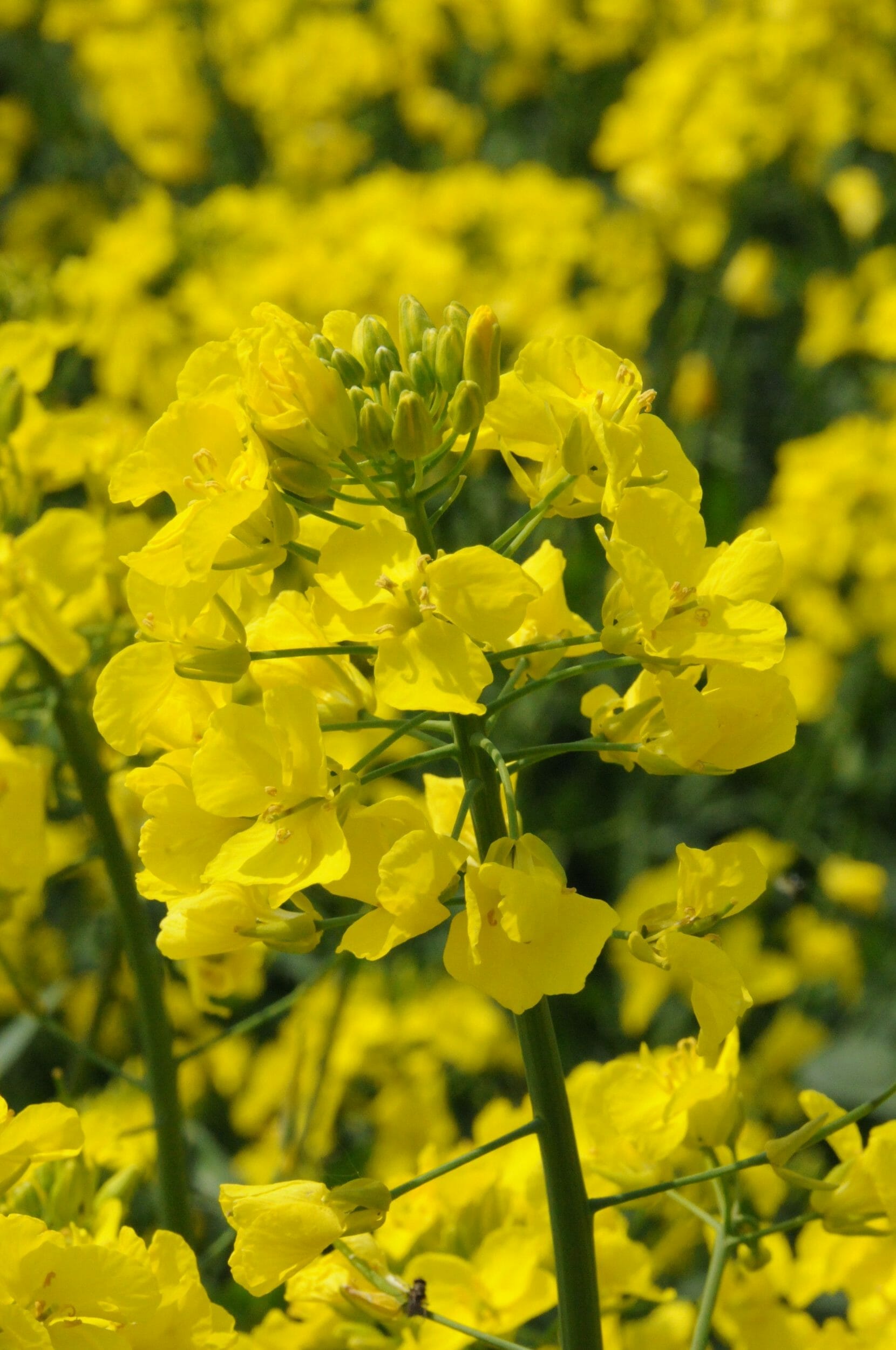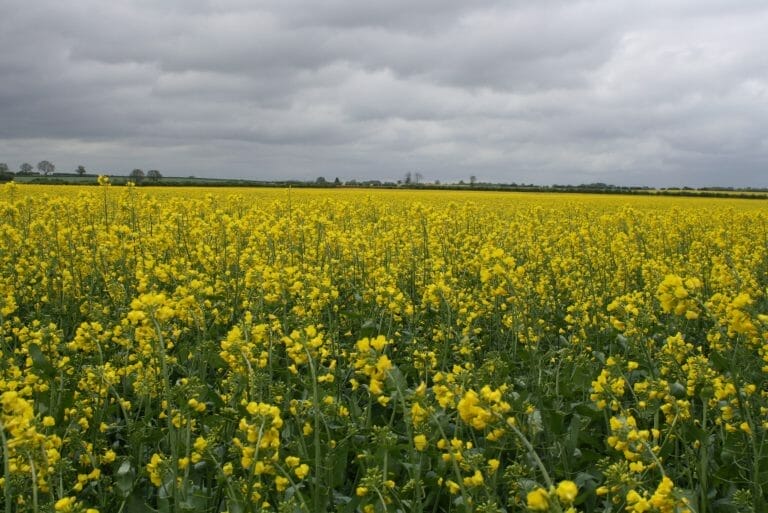Conditions
Establishing oilseed rape, as with all crops, begins with drilling into the correct conditions. Drilling OSR into a dry seedbed is one of the most damaging starts the crop can get. Drilling should be into a seedbed with warmth, moisture and adequate nutrition, so that the plant can germinate and keep growing. Oilseed rape seeds harbour much less energy stores than other species, so ensuring plants can establish roots quickly and that those roots then have access to moisture and nutrition, is key for strong autumn establishment and vigour.
Drilling Date & Variety Choice
With OSR, there has been a tendency to drill by calendar date, with growers looking to drill as early as possible, particularly in areas highly affected by cabbage stem flea beetle (CSFB). Whilst these early drilled crops, if well-established, can better withstand attack from adult CSFB, it makes them more vulnerable to larval damage: meaning that drilling early for flea beetle may not be the way to go.
As part of a current research project, funded by AHDB, Dr Sacha White (Senior research entomologist at ADAS), has analysed 1,100 sites dating back 14 years, looking at the correlations between drilling date and damage from CSFB. One clear trend that emerged, was that later drilled sites had markedly less larval damage.
In recent seasons, the most severe damage to OSR crops has been caused by the CSFB larvae, rather than the grazing damage by adults. Later drilling means that the crop misses the main influx of adult CSFB during migration; resulting in later egg laying with cooler temperatures – slowing development of eggs and larvae. This results in lower larval numbers in the autumn and in the following spring.
With later drilling, there is a need for a greater attention to variety choice, with growers needing to choose varieties that can establish quickly and cope with the risks of drilling later. These risks include the potentially damaging effects of phoma on smaller crops, and increased risk of winter damage. Aim to have plants established with a sufficiently large biomass to overwinter, to aid with overall robustness and increased spring growth, which in turn can help to grow away from spring larval damage.
The precision breeding approach from Limagrain, means that LG’s fully loaded hybrids; Ambassador, Aurelia and Artemis, fit this position perfectly. They have amongst the highest early vigour scores in RL harvest in 2019, and in Limagrain’s own internal trials. The presence of the RLM7 resistance gene gives exceptional resistance to phoma (which can be more problematic in later drilled crops). This combines with the added security of resistance to Turnip Yellows Virus (TuYV) and pod shatter resistance, to protect against seed losses at harvest.
In areas where CSFB is less of a concern and drilling conditions tend to be wetter, such as in the north or west, varieties such as; Aurelia, Artemis, Aardvark and Aspire, fit an early drill window perfectly. In the correct conditions, these varieties will establish well and not leave too big of a canopy to manage over the winter. Remember when drilling early, to drill when seed bed conditions are right, not by calendar date.
Seed Rates
One method growers’ have tried to mitigate for CSFB damage, is to drill at higher seed rates. Dr White also investigated this and found that higher seed rates produced the same number of larvae per plant as there were in plots drilled at lower seed rates. This meant that there were higher larval numbers in plots drilled at higher seed rates, potentially causing higher pressure in nearby OSR crops the following year. Also, higher seed rates can lead to overly large canopies that require management to deal with an increased risk of lodging. With vigorous varieties, seed rates should target 25-30 plants/m2 and in the case of less vigorous varieties, aim for 40-45 plants/m2.
Key Messages
- Drill to conditions – seed bed with adequate moisture and nutrition allows OSR to establish and keep growing
- Pick a vigorous variety suitable for your chosen drilling window
- More seed can lead to more problems – thicker seed rates can lead to more CSFB larvae and lead to difficulties managing canopies
Further link: ahdb.org.uk/csfb

































